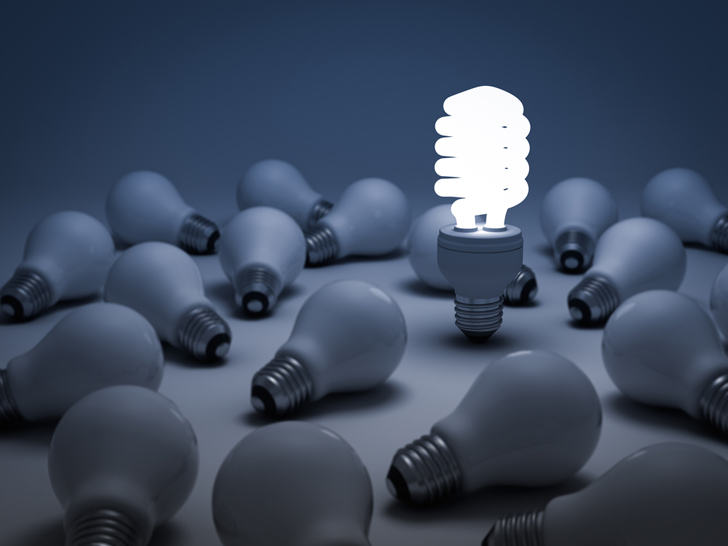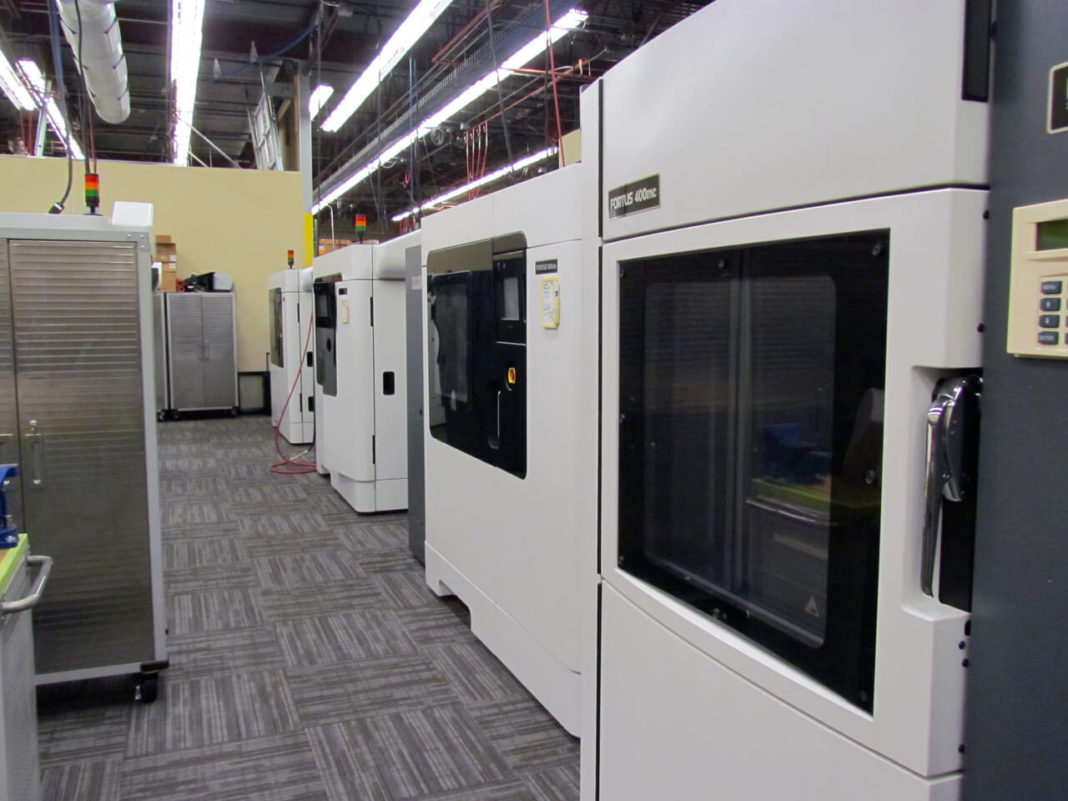Recent studies have shown that some LED lights used in headlights, holiday lights, and traffic lights, contain really high levels of lead, arsenic, and other toxic ingredients. These toxic ingredients have the potential to cause harm to people and have been known to increase the risk of cancer, kidney disease, as well as other ailments and illnesses. Most risks that seem to be related to these LED lights are long-term rather than immediate, and a broken bulb is unlikely to cause any health problems, other than perhaps a cut finger. But, as a precaution, it is still advised to use a mask, gloves, and special broom when sweeping up the pieces.
UC Irvine public health and social ecology professor, Oladele Ogunseitan, is principal investigator and author of the study. He states, “I wouldn’t worry about an immediate release of vapor. But still, when these residues hang around the house, if not cleaned up properly they could constitute an eventual danger.” Anyone using these lights should not simply dispose of them along with their other household trash as there is a risk of contaminating the soil and groundwater at the landfill site. Do a quick search of the internet to find a safe place in your area that will recycle these bulbs for you.
–
As a general rule of thumb, high-intensity red bulbs contain high amounts of arsenic, and low-intensity red lights have high amounts of lead (some as much as eight times higher than the law allows). White bulbs were found to have a high amount of nickel in them, which may potentially cause harm. The study findings have been published in Environmental Science, and Technology and Professor Ogunseitan and team are now planning further research into larger examples of LED lighting such as street lights.
More News To Read











